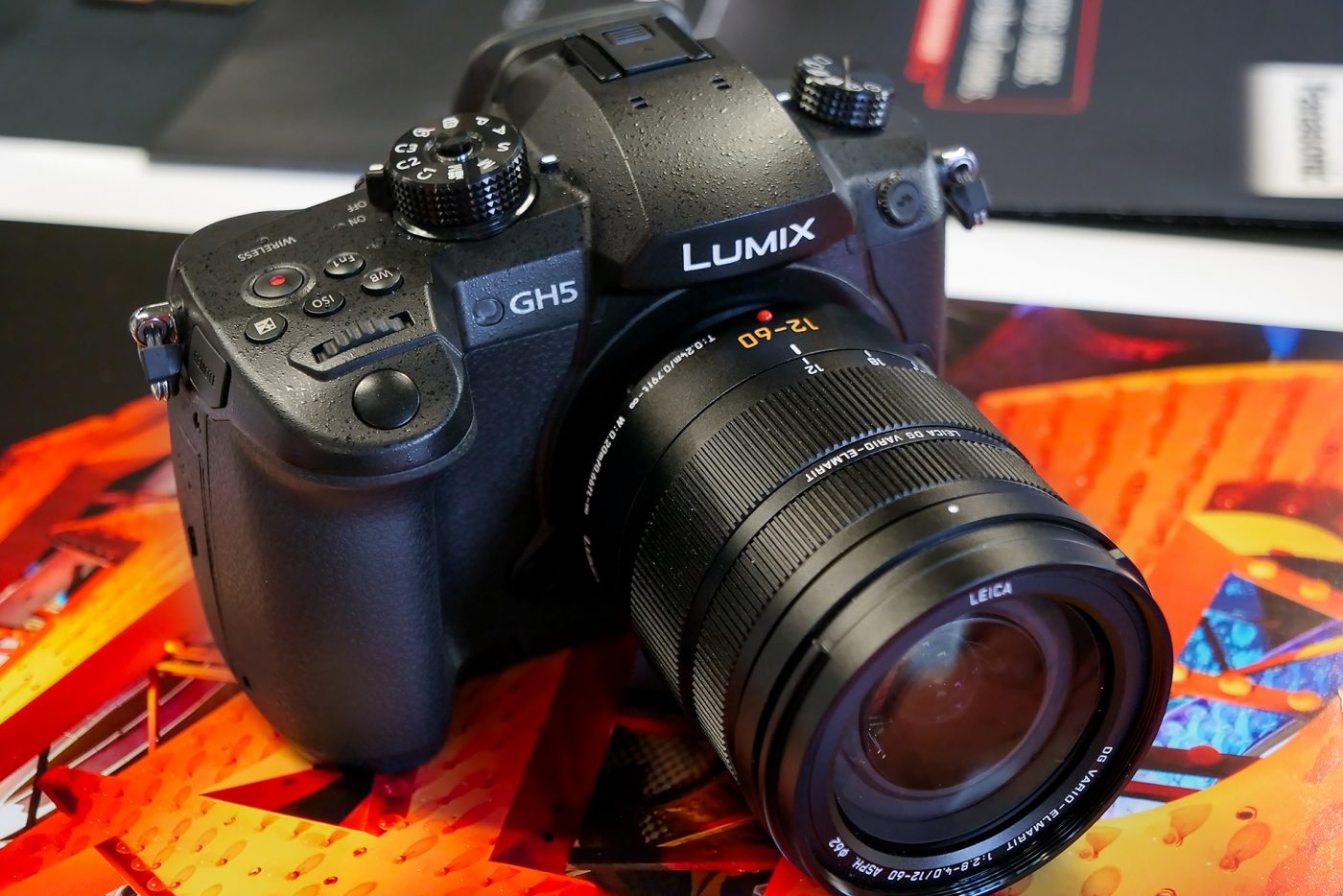This afternoon, I spent a couple of hours playing with the new Panasonic Lumix GH5 which is expected to hit store shelves at the end of March. Micro 4/3 (MFT) cameras are usually outside my domain of interest, but I’ve recently been thinking about buying a lighter, more compact system, so I decided to give it a fair shot. This is what I found:
In the Hands
I’ve tested previous generations of this line (briefly), so I was a little surprised at how large and heavy the body was, especially for an MFT camera. It felt very sturdy, and it was no surprise that it was weather sealed with a magnesium alloy body. It weighs 725g, which is still a bit less than a Canon 5D Mark IV (890g, with battery), but the Canon is a full 35mm-frame camera with a large battery.
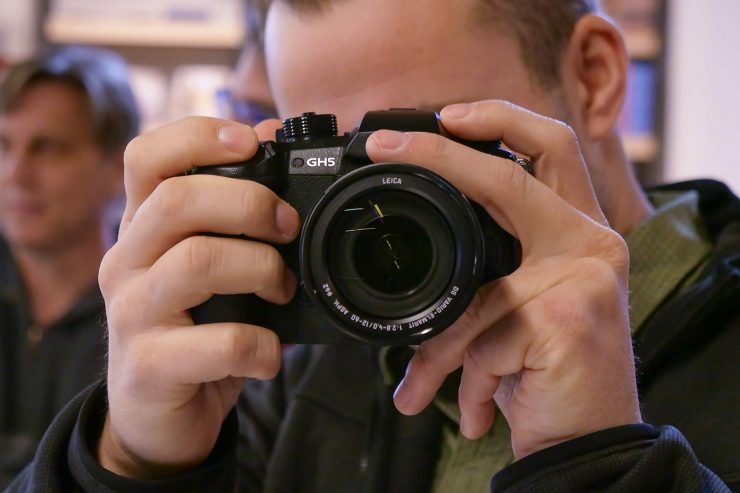
More importantly, I found that the controls were intuitive and easy to use. The soft rubber joystick in the GH5 made changing AF points a snap. Like my Canons, the GH5 has a rear thumb dial, which makes exposure compensation easy, although the GH5 does have a +/- button that needs to be pressed first. All in all, it was an easy transition to make from my Canon.
I did find the locking mechanism on the mode dial a little odd. Rather than pressing and holding the button down to turn the knob (as is common on many SLRs), you need to press the button once to release the lock, at which point you can freely turn the dial. Once you’re settled on a mode, you need to press the lock button again to set the lock.
The touch screen took a little getting used to; I mostly ignored it.
There is, however, one problem that I should mention. I went into the settings and the set camera to shoot RAW. I must have done it wrong, because all of the images on my SD card are JPGs, despite what the menu said. I’ll chalk this up to my being unfamiliar with the camera, but it does give me reason to believe that the menu system of the GH5 could be a little more intuitive in this regard.
Focusing
I bought my first autofocus camera in 1992 and have used dozens of different models since then, so I feel like I have a pretty good feel for autofocus systems in general. The GH5, though, was hard to judge. When it worked, it was remarkably fast and quiet. Sometimes, though, it just didn’t seem to work, even with a big group of AF points selected and centered on my subject… the lens would just sit there, out of focus. Then, I’d try to re-focus, and it would instantly acquire focus. I don’t know if this is a pre-production bug or what, but it happened often enough to be troubling. But when it was working, I had no concerns about it being fast enough for professional use, even for sports and action.
Video
I’m not a video shooter, and it’s clear that the Lumix GH5 is intended for a video-oriented audience. I’ll leave the video review to those who have a better foundation, but I will mention that it supports 60fps at 4K, unlimited video length, a nice XLR input module (optional), support for S-Log and internal 10-bit 4:2:2 video, 180 frames per second at full HD (with variable frame rates). Oh, and there are no overheating issues (I’m looking at you, Sony). It also has a full-size HDMI port.
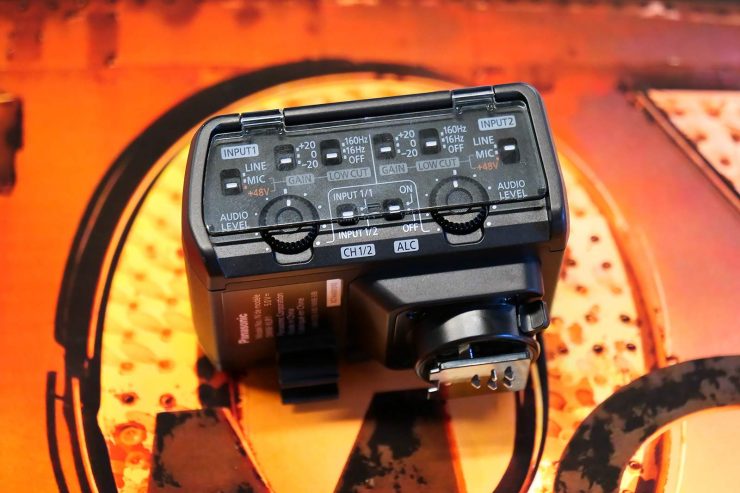
I asked the Panasonic reps about the rolling shutter effect, and they said that there was a significant improvement over the GH4, but of course, the GH5 still doesn’t have a global shutter, so it’s not eliminated completely. I decided to test it out, and shot these brief videos to see how jello-ish the results would be.
The reps claimed that the GH5 will give you 12 stops of dynamic range when shooting video, or 14 stops when shooting S-Log.
ISO Performance
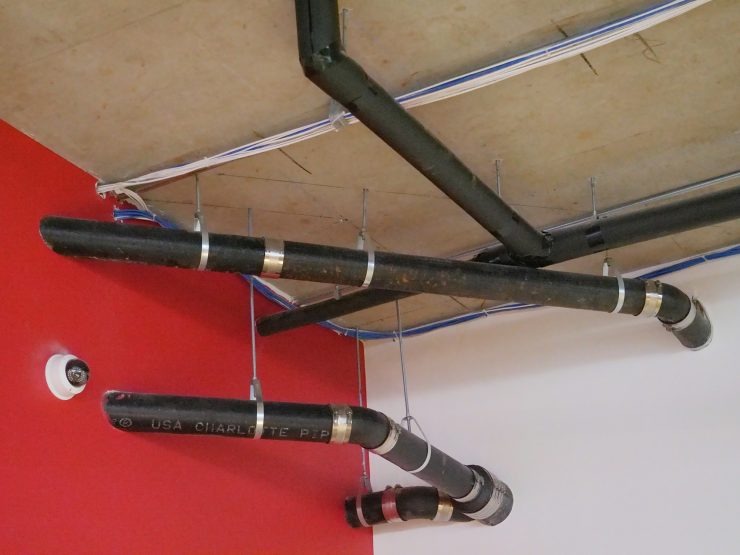
Unfortunately, I didn’t manage to take away any RAW files from the GH51 I tried. I don’t know whether I mis-used the menu, or whether the camera I was using didn’t have completed firmware. . However, I did take this set of JPGs, and the images below are 100% crops at various ISOs. These have not been adjusted in any way, they’re straight out of the camera (except for the crop). Light was pretty low, so there’s some camera shake on the lower ISO (despite the 5-axis stabilization), so try to take that into consideration when judging these. ISO and exposure information is in the image captions.
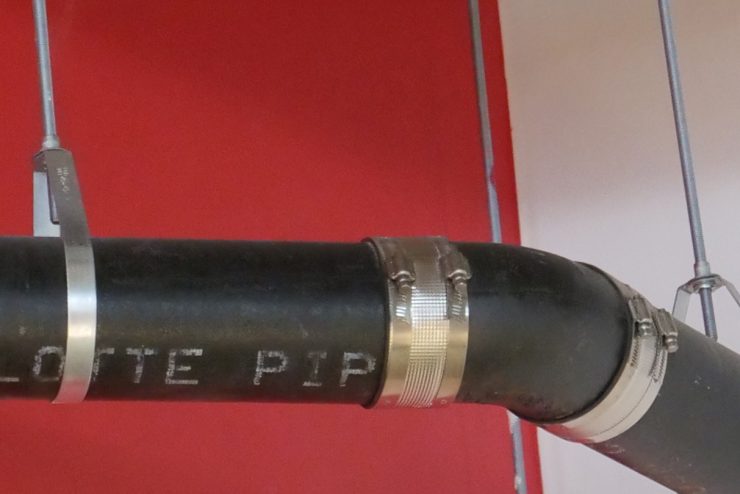
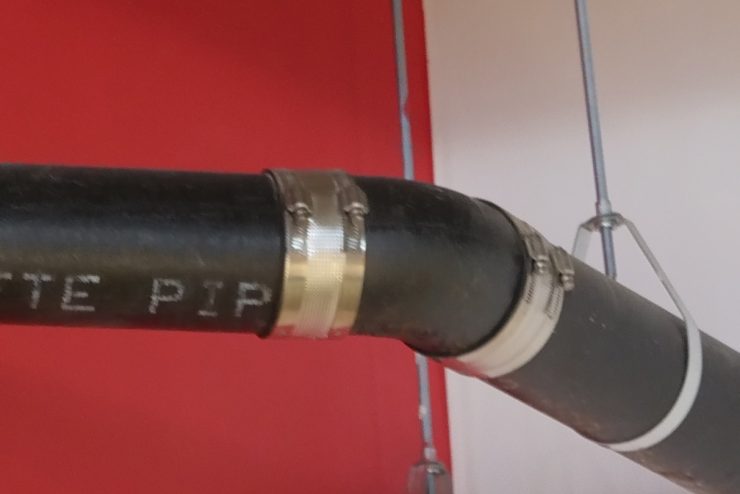
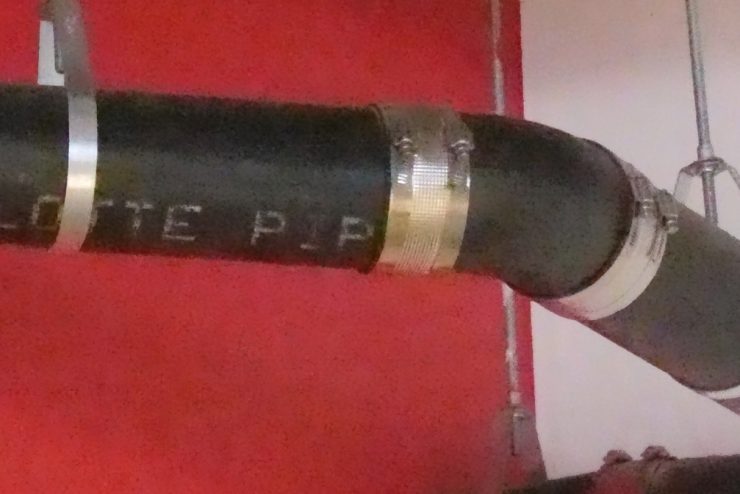
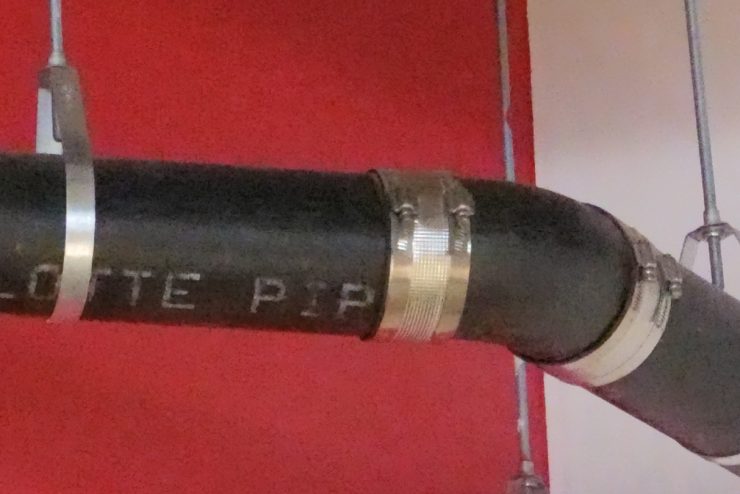

Lenses
I tried out a few different lenses, and they were all fast and incredibly lightweight. The MFT 70-200mm f/2.8 equivalent is small enough to fit in the palm of my hand, while my Canon is nearly a foot long and weighs over three pounds. My favorite of the group, though, was the Panasonic/Leica Nocticron 42.5mm f/1.2, a large aperture 85mm equivalent lens that, again, was not much bigger than my Canon 50mm f/1.4, and produced attractive bokeh. I didn’t have a chance to set them up on a tripod and really test their resolutions, but my impression is that they’re nice and sharp. Micro 4/3rds shooters will already know this, of course.
With lenses taken into consideration, I could easily cut the weight of my travel camera-kit in half… maybe less…. by switching to the Panasonic GH5, or any other MFT system for that matter. The GH5 would give me some pretty mean video to go along with it.
Questions? Comments?
As always, I’m interested to hear what you have to say. I’m still looking hard at the Fuji X-T2 rather than the Panasonic, but I’m trying to keep an open mind. What do you think?

